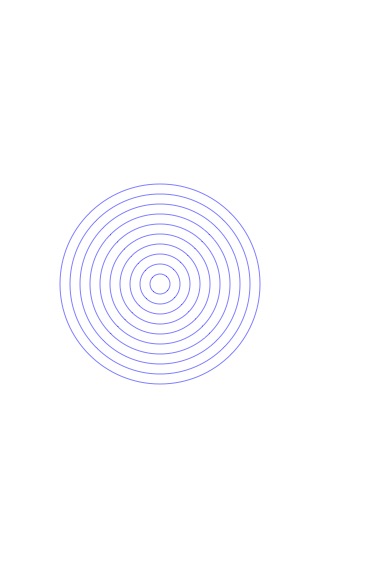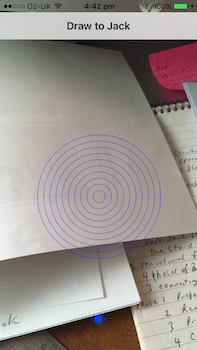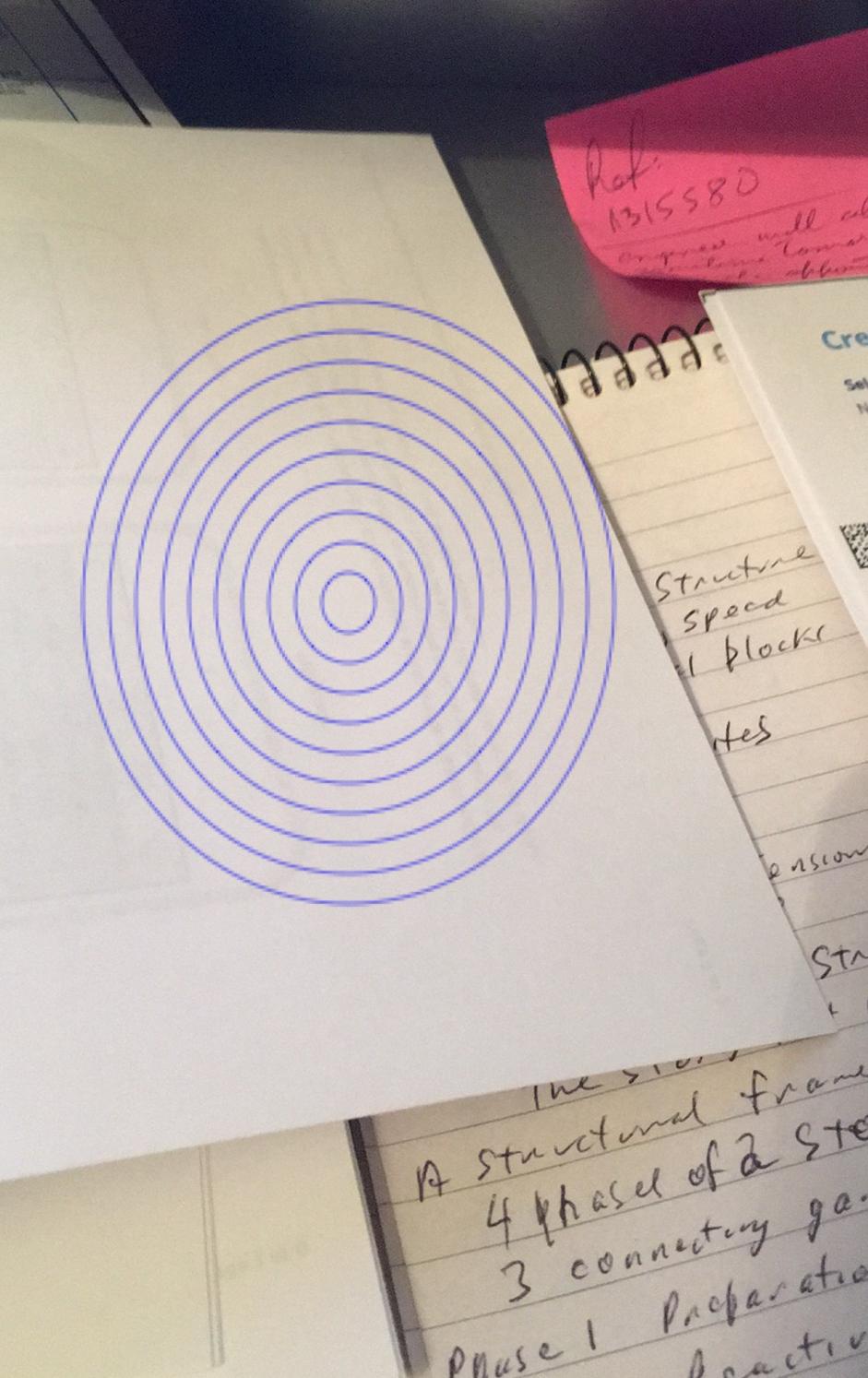I just about have this solved. Thanks to some brilliant help getting me on the right track. This is the code I have now.
Basically, I can now make an image out of the drawn overlay, and the cameraPreview. But can't yet combine them. There seems very little useful code that I can find that does this simply.
So the important part is the extension block right at the top, and the additions to the func saveToCamera() near the bottom of the code. In short, I now have the two images I need, I think. The snap of the myImage is appearing on a white background - so not sure if that's natural - or not. That's how it appears on a Simulator. So it may just be natural.
Image 2. The saved image of myImage as per the explaination.

import UIKit
import AVFoundation
import Foundation
// extension must be outside class
extension UIImage {
convenience init(view: UIView) {
UIGraphicsBeginImageContext(view.frame.size)
view.layer.render(in: UIGraphicsGetCurrentContext()!)
let image = UIGraphicsGetImageFromCurrentImageContext()
UIGraphicsEndImageContext()
self.init(cgImage: (image?.cgImage)!)
}
}
class ViewController: UIViewController {
@IBOutlet weak var navigationBar: UINavigationBar!
@IBOutlet weak var imgOverlay: UIImageView!
@IBOutlet weak var btnCapture: UIButton!
@IBOutlet weak var shapeLayer: UIView!
let captureSession = AVCaptureSession()
let stillImageOutput = AVCaptureStillImageOutput()
var previewLayer : AVCaptureVideoPreviewLayer?
//var shapeLayer : CALayer?
// If we find a device we'll store it here for later use
var captureDevice : AVCaptureDevice?
override func viewDidLoad() {
super.viewDidLoad()
// Do any additional setup after loading the view, typically from a nib.
//=======================
let midX = self.view.bounds.midX
let midY = self.view.bounds.midY
for index in 1...10 {
let circlePath = UIBezierPath(arcCenter: CGPoint(x: midX,y: midY), radius: CGFloat((index * 10)), startAngle: CGFloat(0), endAngle:CGFloat(M_PI * 2), clockwise: true)
let shapeLayerPath = CAShapeLayer()
shapeLayerPath.path = circlePath.cgPath
//change the fill color
shapeLayerPath.fillColor = UIColor.clear.cgColor
//you can change the stroke color
shapeLayerPath.strokeColor = UIColor.blue.cgColor
//you can change the line width
shapeLayerPath.lineWidth = 0.5
// add the blue-circle layer to the shapeLayer ImageView
shapeLayer.layer.addSublayer(shapeLayerPath)
}
print("Shape layer drawn")
//=====================
captureSession.sessionPreset = AVCaptureSessionPresetHigh
if let devices = AVCaptureDevice.devices() as? [AVCaptureDevice] {
// Loop through all the capture devices on this phone
for device in devices {
// Make sure this particular device supports video
if (device.hasMediaType(AVMediaTypeVideo)) {
// Finally check the position and confirm we've got the back camera
if(device.position == AVCaptureDevicePosition.back) {
captureDevice = device
if captureDevice != nil {
print("Capture device found")
beginSession()
}
}
}
}
}
}
@IBAction func actionCameraCapture(_ sender: AnyObject) {
print("Camera button pressed")
saveToCamera()
}
func beginSession() {
do {
try captureSession.addInput(AVCaptureDeviceInput(device: captureDevice))
stillImageOutput.outputSettings = [AVVideoCodecKey:AVVideoCodecJPEG]
if captureSession.canAddOutput(stillImageOutput) {
captureSession.addOutput(stillImageOutput)
}
}
catch {
print("error: \(error.localizedDescription)")
}
guard let previewLayer = AVCaptureVideoPreviewLayer(session: captureSession) else {
print("no preview layer")
return
}
// this is what displays the camera view. But - it's on TOP of the drawn view, and under the overview. ??
self.view.layer.addSublayer(previewLayer)
previewLayer.frame = self.view.layer.frame
captureSession.startRunning()
print("Capture session running")
self.view.addSubview(navigationBar)
//self.view.addSubview(imgOverlay)
self.view.addSubview(btnCapture)
// shapeLayer ImageView is already a subview created in IB
// but this will bring it to the front
self.view.addSubview(shapeLayer)
}
func saveToCamera() {
if let videoConnection = stillImageOutput.connection(withMediaType: AVMediaTypeVideo) {
stillImageOutput.captureStillImageAsynchronously(from: videoConnection, completionHandler: { (CMSampleBuffer, Error) in
if let imageData = AVCaptureStillImageOutput.jpegStillImageNSDataRepresentation(CMSampleBuffer) {
if let cameraImage = UIImage(data: imageData) {
// cameraImage is the camera preview image.
// I need to combine/merge it with the myImage that is actually the blue circles.
// This converts the UIView of the bllue circles to an image. Uses 'extension' at top of code.
let myImage = UIImage(view: self.shapeLayer)
print("converting myImage to an image")
UIImageWriteToSavedPhotosAlbum(cameraImage, nil, nil, nil)
}
}
})
}
}
override func didReceiveMemoryWarning() {
super.didReceiveMemoryWarning()
// Dispose of any resources that can be recreated.
}
}


